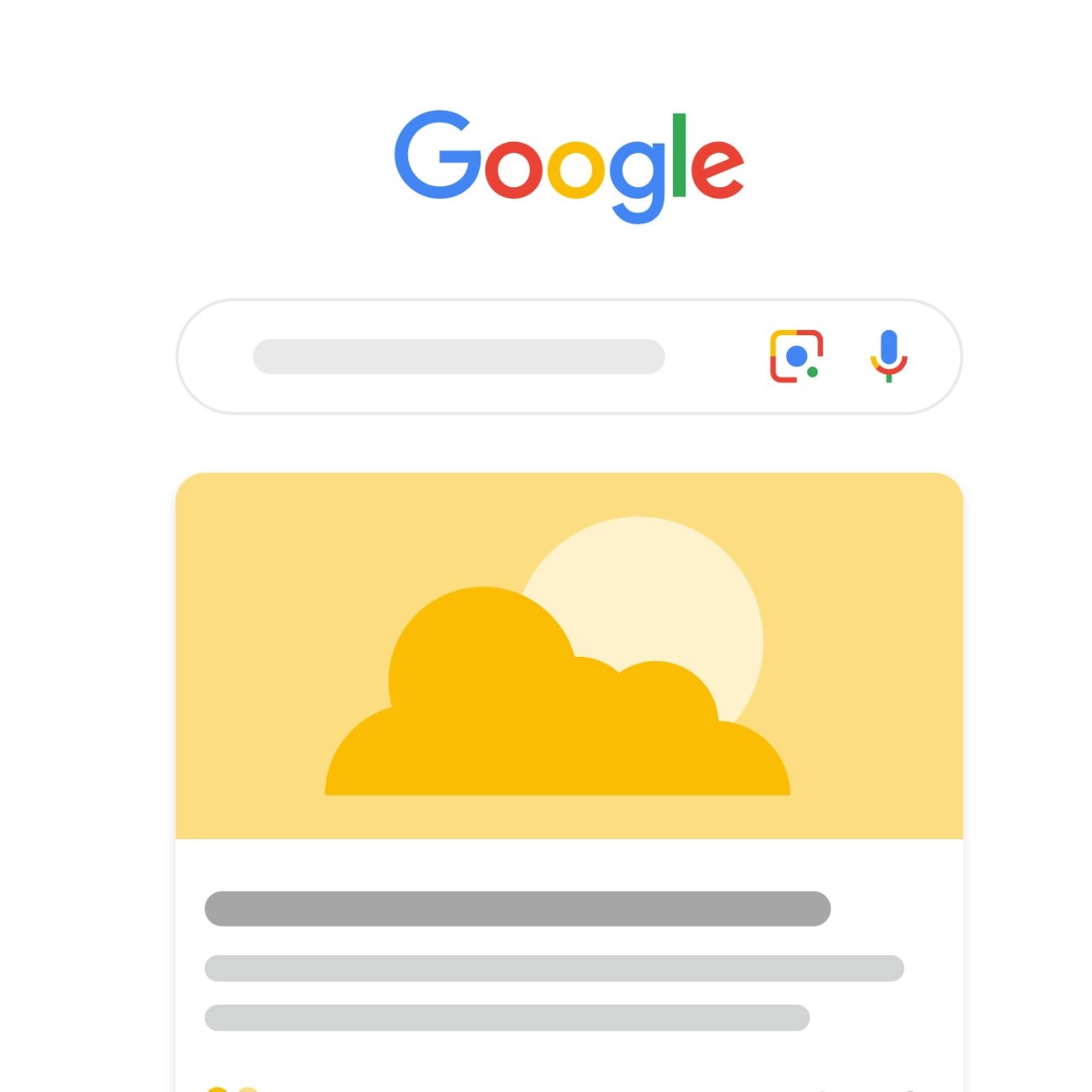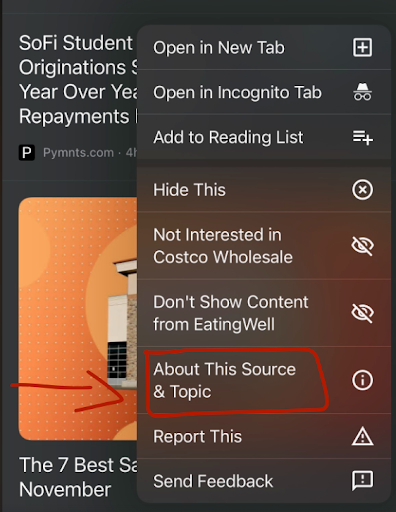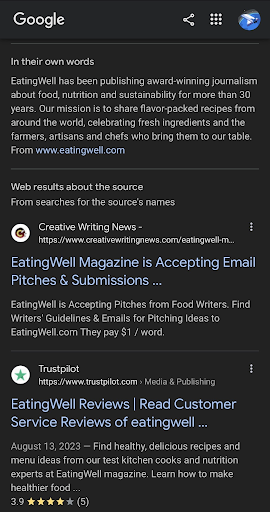Google's Discover Feed: Strategies for Content Resilience

The Google Discover feed is an everchanging beast in the online visibility game. It can amplify your content or bury it deep where no one can find it, all because of how its algorithms work. In a recent [webinar,](https://support.ezoic.com/trainings-and-events-info.php?id=358 "https://support.ezoic.com/trainings-and-events-info.php?id=358") SEO Specialist Zach Ashmun provides insight on why sites may have lost discover traffic and how to work on regaining it. So, let's dig into some tips from Zach on how to bounce back if your content isn't doing well on Discover and make improvements to your website that align with Google’s current guidelines.
Understanding Google's Discover Feed
Google's Discover Feed is not merely a static platform but a dynamic, unpredictable beast continuously evolving to reflect user interests and search trends.
Zach stresses that staying informed about the latest updates to Google's search algorithm is paramount for optimizing their presence on the Discover feed. Changes in search algorithms often reflect shifts in user behavior, preferences, and content evaluation criteria, all of which play a significant role in determining the visibility of content within the Discover feed.
As such, keeping abreast of these developments provides valuable insights into how content creators can adapt their strategies to align with Google's evolving expectations and enhance their chances of success on the Discover platform.
Your Google Discover Traffic Tanks: Now What?
Step 1: Look at the Discover feed and see what you find!
Analyzing your own Discover feed, particularly with content related to your website's niche, is a proactive approach to understanding the content landscape that Google prioritizes for your target audience. By actively engaging with content similar to yours—clicking, searching, and visiting relevant websites—you can influence the content recommendations that populate your Discover feed. This hands-on approach not only familiarizes you with the type of content favored by Google but also provides valuable insights into the preferences and interests of your audience.
Identifying trends within the Discover feed is essential for deciphering the patterns and preferences driving Google's content recommendations. Closely examining the types of websites, content formats, styles, and optimizations featured prominently in the feed to uncover valuable insights into the factors that influence Discover visibility.

Paying attention to trends such as content length, multimedia integration, and engagement metrics can provide clues about the content characteristics that Google prioritizes. Additionally, it's crucial to complement this observational analysis with insights from Google itself. By exploring Google's documentation and official statements regarding Discover results, you can better understand the underlying principles guiding content selection and ranking on the platform.

Step 2: Identify what’s important to Google
In the "About Source & Topic" section, you'll encounter six crucial components that provide valuable insights into the credibility and relevance of a website:
1. **Overview/Description:** This segment offers a summary of the website, often sourced from a third-party perspective.
2. **Self-Description:** Extracted from the website's "About Us" page or similar sources, this section presents a website description in the organization's own words. It offers a glimpse into the website's mission, values, and goals.
3. **Web Results and Backlinks:** This component includes web results about the source, such as mentions on other authoritative platforms like creatingwritingnews.com and trustpilot.com. These backlinks are endorsements from reputable sources, indicating the website's credibility and authority within its niche.
4. **Indexing Duration:** Providing information on how long the website has been indexed by Google offers valuable context regarding its longevity and presence in the online sphere. A longer indexing duration often implies stability and reliability, contributing to trustworthiness.
5. **Image Analysis:** This section delves into the website's imagery, exploring whether it is original or sourced from elsewhere. It sheds light on the website's commitment to original content creation and its attention to visual presentation, which are crucial aspects of online credibility.
6. **Related Pages:** Exploring other pages discussing the same or similar topics further contextualizes the website's relevance within its niche. It allows readers to explore related content and comprehensively understand the broader discourse surrounding the topic at hand.

By dissecting these elements within the "About Source & Topic" section, readers can effectively evaluate the website's trustworthiness, relevance, and authority. This enables informed decision-making and enhances the overall credibility of their online browsing experience.
Step 3: Analyze your website standing
Based on what you’ve discovered, ask yourself the following questions:
- “Is my site mentioned on reliable third-party sources such as Wikipedia, Youtube, etc?”
- “Have I earned any high-quality backlinks lately that promote my website?”
- “Am I utilizing unique and creative images for my primary image?”
- “Are my authors well-known and verifiable on other websites?”
Step 4: Implement best practices for optimizing content
Building upon the foundation of research and alignment within Google Discover, Zach shares actionable strategies for optimizing your content to resonate with Google's Discover algorithm:
1\. Elevate Visual Appeal: High-quality, original images are indispensable assets in capturing Google's attention. Move beyond generic stock photos and invest in custom visuals that align seamlessly with your content's narrative. Remember, visual appeal is often the first impression that users and algorithms encounter.
_Example: A travel blog aiming for Discover visibility invests in professional photography to showcase breathtaking landscapes and immersive cultural experiences, enhancing the allure of its content._
2\. Curate Comprehensive Category Pages: In-depth category pages serve as authoritative hubs for targeted topics, offering a panoramic view of your content landscape. By meticulously curating these pages to highlight expertise and thematic coherence, you provide Google with a roadmap to navigate and index your content effectively.
_Example: An e-commerce platform specializing in sustainability creates a comprehensive category page dedicated to eco-friendly clothing, featuring curated collections, informative articles, and user-generated content to establish thought leadership in the sustainability niche._
Conclusion
Rebounding from Discover loss demands adaptability, diligence, and strategic foresight. By embracing the strategies outlined above, you can bolster the resilience of your content in the face of algorithmic fluctuations.
Remember, the journey towards Discover prominence is a marathon, not a sprint. Stay committed to refining your approach, staying attuned to Google's updates, and cultivating a content ecosystem that resonates with both users and algorithms. With perseverance and strategic acumen, you're poised to chart a course toward sustained visibility and impact in the ever-evolving landscape of the Google Discover feed.
If you’re an Ezoic publisher, [you can watch Zach’s webinar recording](https://support.ezoic.com/trainings-and-events-info.php?id=358 "https://support.ezoic.com/trainings-and-events-info.php?id=358"), and register to join future webinars [here](https://support.ezoic.com/trainings-and-events.php "https://support.ezoic.com/trainings-and-events.php").

